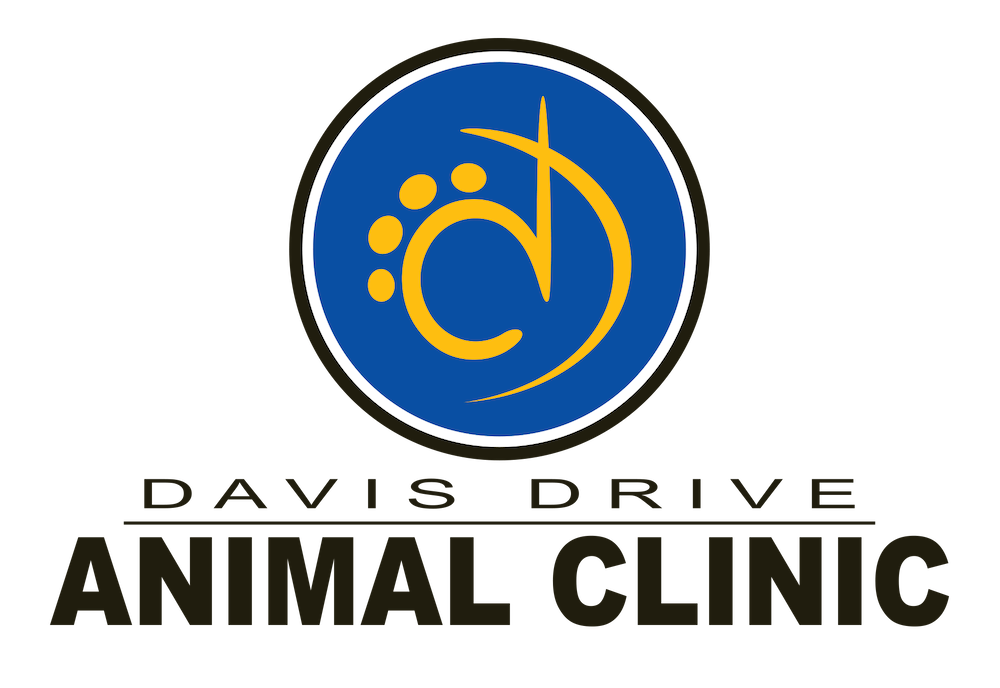Library
-
Canker is now rarely seen but is a serious infection of the horn of the foot, that results in the formation of a soft, moist, disintegrating growth of horn. It most commonly affects the hind feet and is most often seen in horses kept in wet tropical climates, or in large draught type horses.
-
The term 'contracted tendons' describes a condition where the leg is excessively straight, usually at the fetlock or coronary band, i.e., corono-pedal joint, but it occasionally also affects the knees.
-
Epistaxis means simply bleeding from the nose. The term can therefore cover anything from a tiny trickle down one nostril to a heavy gushing from both nostrils. Blood that appears at the nostril can originate from anywhere in the upper or lower respiratory tract including the sinuses or other closely related structures of the head.
-
This condition takes its name from the comparable human condition, metabolic syndrome. It is a complex, multi-factorial problem involving numerous body systems. In humans it increases the risk of stroke, heart attack, diabetes and other potentially serious medical disorders.
-
A heart murmur is an abnormal sound that originates from the heart valves and can be heard with a stethoscope skillfully placed over the heart valves.
-
Methylsulfonylmethane is given by mouth and is used over the counter and off label to treat inflammatory conditions such as arthritis. Give as directed by your veterinarian. Side effects are uncommon but may include stomach upset, restlessness, or tiredness. Do not use in pets that are allergic to it or that are pregnant or nursing. If a negative reaction occurs, please call your veterinary office.
-
Navicular 'disease' is really a group of related conditions affecting the navicular bone and associated structures in the foot. There are several possible causes of pain in and around the navicular bone.
-
Osteochondrosis (OCD) is a failure of the bone underlying the smooth articular cartilage inside the joints, i.e. the subchondral bone, to form properly from the skeleton's cartilage template.
-
Pituitary pars intermedia dysfunction (PPID, previously known as Equine Cushing's Disease) is a complex condition associated with abnormal function of a small, hormone-producing organ, the pituitary gland, that lies at the base of the brain.
-
Infection in the foot is by far, the most common cause of acute (sudden), single-leg lameness in the horse. Infection results in painful inflammation and pus (abscess) formation.




